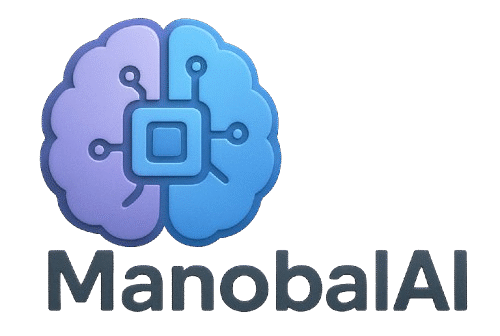Key Risks of Hyper-Realistic AI Videos

risks of blurring reality with hyper-realistic AI videos
1. Misinformation and Fake News
-
AI-generated videos (deepfakes) can convincingly depict people saying or doing things they never did, making it difficult for viewers to distinguish real from fake content12345.
-
This technology can be weaponized to manipulate public opinion, influence elections, or spread propaganda, undermining democratic processes and societal trust245.
2. Erosion of Trust
-
As AI-generated videos become more sophisticated and widespread, public trust in visual media and legitimate sources erodes234.
-
The inability to verify authenticity leads to skepticism, making it harder for people to rely on video evidence in news, legal, or academic contexts236.
3. Identity Theft, Fraud, and Reputation Damage
-
Cybercriminals can use deepfakes to impersonate individuals—such as executives or politicians—for scams, fraud, or blackmail235.
-
Even after a deepfake is debunked, the reputational harm to individuals or organizations can be lasting and severe245.
4. Consent, Privacy, and Ownership Issues
-
AI can replicate a person’s face, voice, and gestures without their consent, violating privacy and personal rights35.
-
Questions about who owns AI-generated content—whether the subject, creator, or platform—remain unresolved, leading to legal and ethical ambiguity35.
5. National Security Threats
-
Foreign actors can deploy deepfakes for propaganda or to destabilize societies during crises, posing risks to national and global security24.
6. Bias and Discrimination
-
AI video generators trained on biased data can perpetuate stereotypes or misrepresent minorities, reinforcing harmful prejudices in subtle but powerful ways135.
-
This can marginalize certain groups and skew public perception, especially if unchecked135.
7. Academic and Intellectual Integrity
-
In academic publishing, AI-generated videos and manipulated media can misrepresent research, fabricate data, or undermine the credibility of scholarly work6.
8. Legal and Copyright Challenges
-
AI-generated content may infringe on intellectual property rights, as it often draws on existing copyrighted materials without clear attribution or permission35.
demo :
Summary Table: Risks of Hyper-Realistic AI Videos
| Risk Area | Description |
|---|---|
| Misinformation | Spreads fake news, manipulates public opinion, and undermines truth |
| Erosion of Trust | Reduces confidence in media, legal, and academic institutions |
| Identity Theft & Fraud | Enables impersonation and scams, causing personal and financial harm |
| Reputation Damage | Causes lasting harm to individuals and organizations, even after exposure |
| Privacy & Consent | Violates personal rights by using likenesses without consent |
| National Security | Threatens stability through propaganda and manipulation during crises |
| Bias & Discrimination | Amplifies stereotypes and marginalizes underrepresented groups |
| Academic Integrity | Enables fake research, data manipulation, and undermines scholarly credibility |
| Legal & Copyright Issues | Creates complex disputes over ownership and fair use |
Conclusion
The blurring of reality with hyper-realistic AI videos poses profound challenges for society, from eroding trust in media to enabling new forms of fraud and manipulation. Addressing these risks requires robust ethical frameworks, technological safeguards, public awareness, and clear legal standards to ensure AI serves the public good without undermining fundamental principles of truth and integrity1235.

